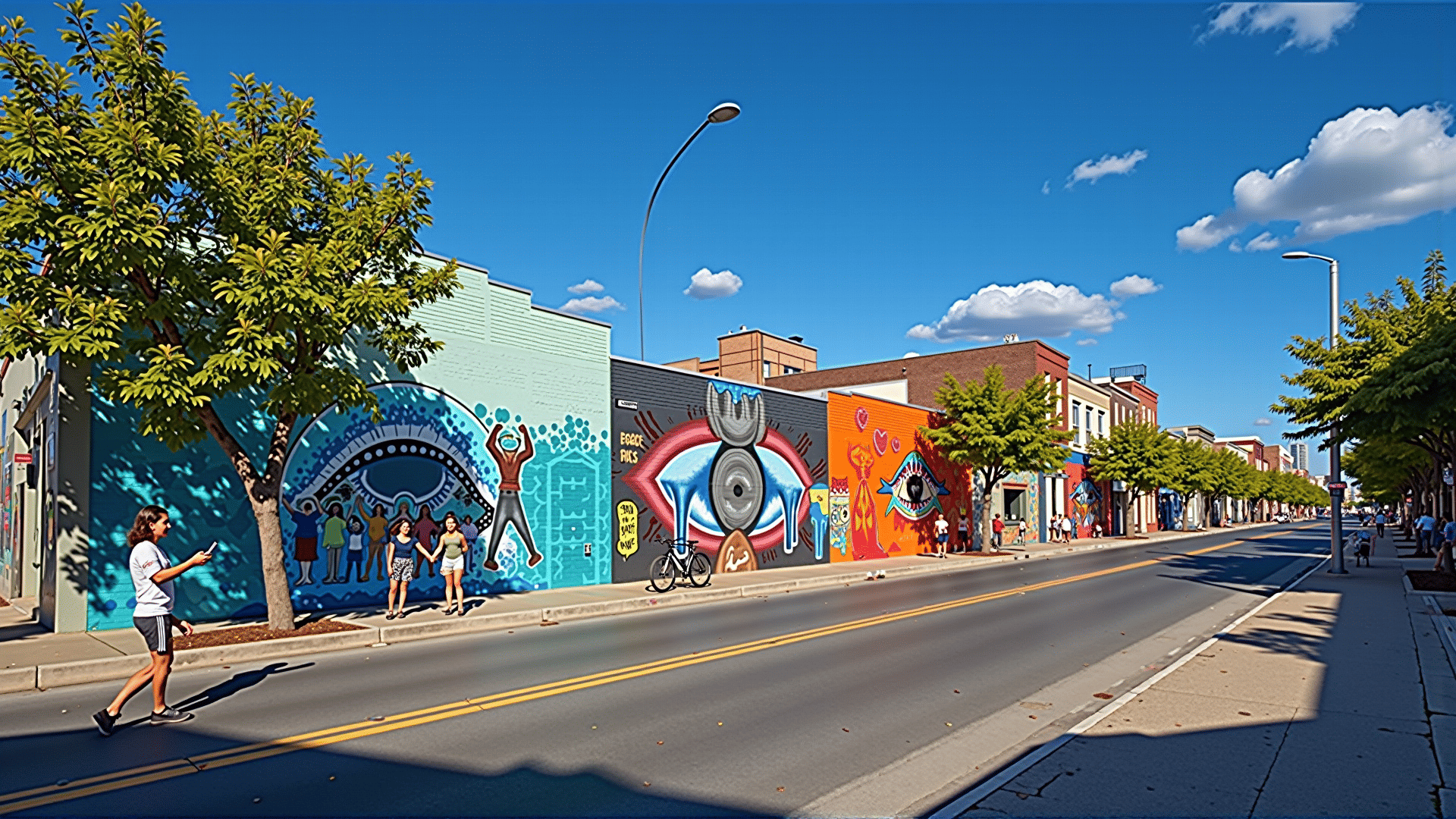Street art, once dismissed as mere vandalism, has emerged as a powerful medium of social and political expression. As urban landscapes evolve, these public canvases offer voices to those who might otherwise remain unheard, transforming the drab walls of our cities into vibrant messages that resonate across communities.
The origins of street art are deeply rooted in rebellion and subculture. It began as a form of protest against established norms and authority, a way for marginalized voices to claim a piece of the urban environment and make it their own. Over time, it has gained legitimacy and recognition as a potent form of communication. With its bold lines, vivid colors, and often striking imagery, street art captures public attention and, importantly, spurs conversation. Unlike traditional art confined to galleries, street art breaks those boundaries, inviting everyone to witness, ponder, and react.
One of the most compelling aspects of street art is its capability to highlight social and political issues. The street becomes a stage where pressing concerns—like inequality, climate change, human rights, and corruption—are depicted vividly, raising awareness and prompting action. Murals depicting the struggles of refugees, stark reminders of environmental degradation, or poignant portraits highlighting racial injustice serve as wake-up calls to passersby. They challenge viewers to stop, reflect, and engage in dialogue about the state of the world.
Moreover, street art is intrinsically linked to the identity of the cities it inhabits. Each piece often reflects the cultural, political, or social issues pertinent to the area. In doing so, it fosters a sense of community and shared experience. Cities like Berlin, New York, and São Paulo have become meccas for street artists, where walls serve as open journals of urban existence. Through their art, these cities communicate a unique narrative that reflects their complex histories and evolving identities.
The impact of street art extends beyond its visual appeal and commentary. It also actively contributes to urban regeneration. Neighborhoods once considered run-down or neglected have undergone revitalization driven by the creative influx of street art. Murals and graffiti draw tourists and locals alike, bridging gaps and fostering a sense of local pride and ownership. This transformation often leads to increased traffic to local businesses and a renewed interest in community involvement and development.
Furthermore, the democratizing effect of street art cannot be understated. It rejects the exclusivity of the traditional art world, making art accessible to all. This inclusivity inspires a new generation of artists who see the streets as a place where they can hone their craft and share their visions without the barriers often found in institutional art circles.
However, the tension between street artists and city authorities remains an ongoing narrative. While some cities have embraced street art as an integral part of their cultural identity, others continue to view it as a public nuisance. This clash underscores the complex relationship between freedom of expression and public order, raising questions about ownership, censorship, and the role of art in public spaces.
In conclusion, the influence of street art is undeniable. Whether through electrifying murals or politically charged graffiti, it serves as a mirror reflecting society's triumphs and tribulations. By transforming urban walls into platforms for expression, street art incites debate, fosters community, and ultimately, enriches the cultural fabric of our cities. As more people begin to appreciate the messages it holds, street art will undoubtedly continue to shape the landscapes of our urban environments and the minds of those who inhabit them.
